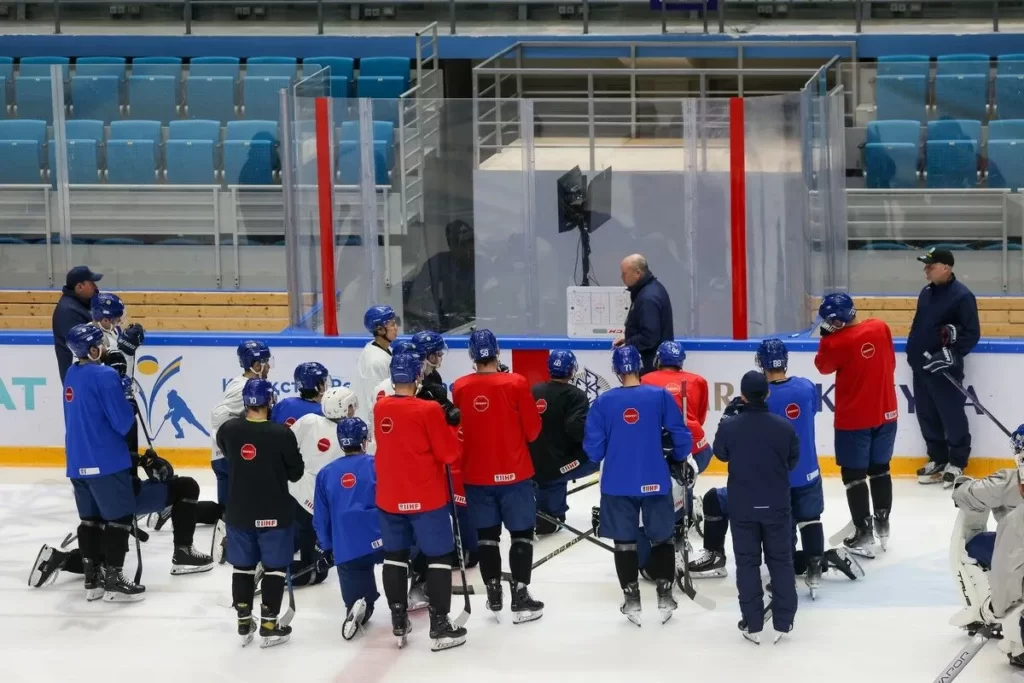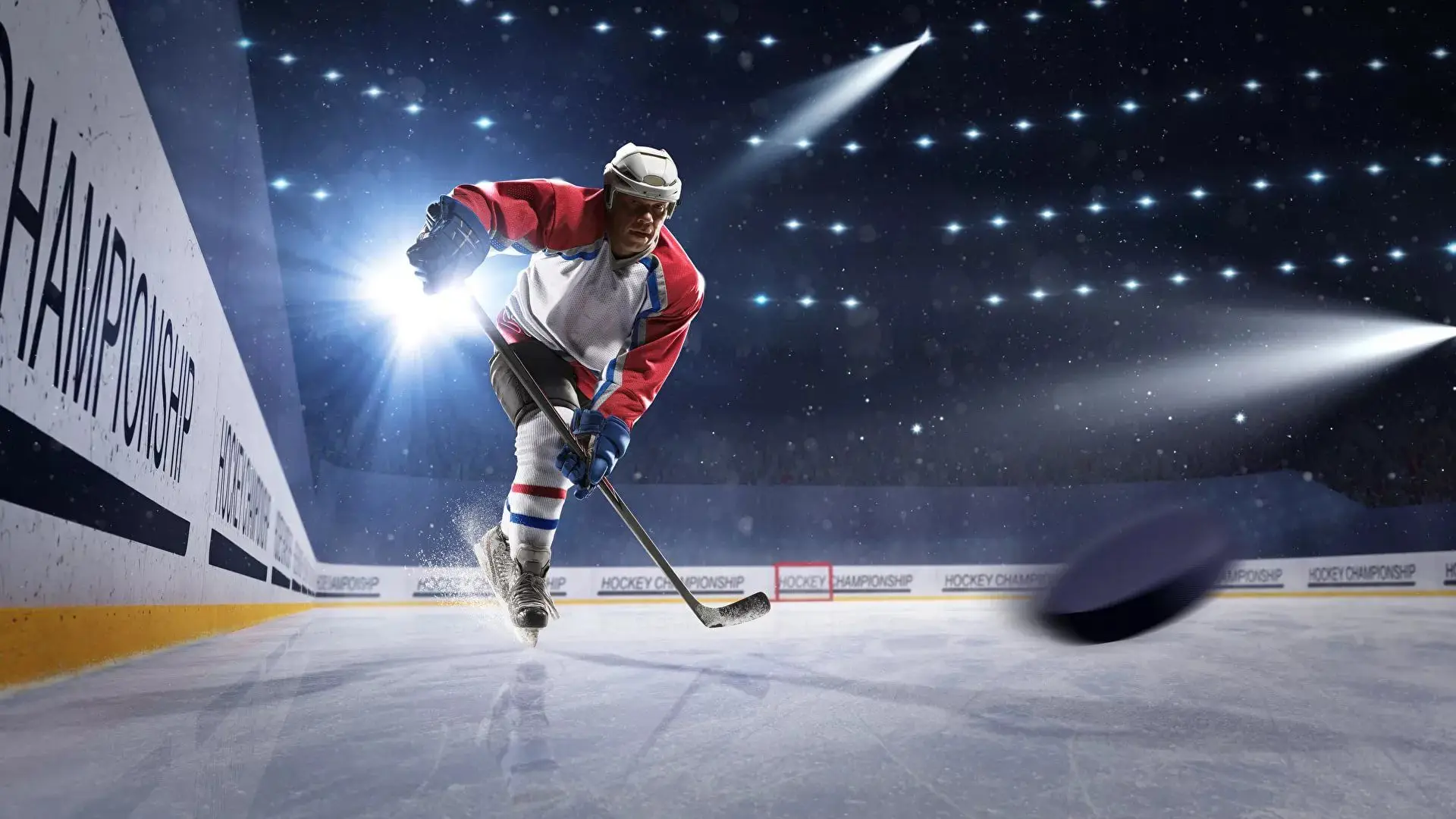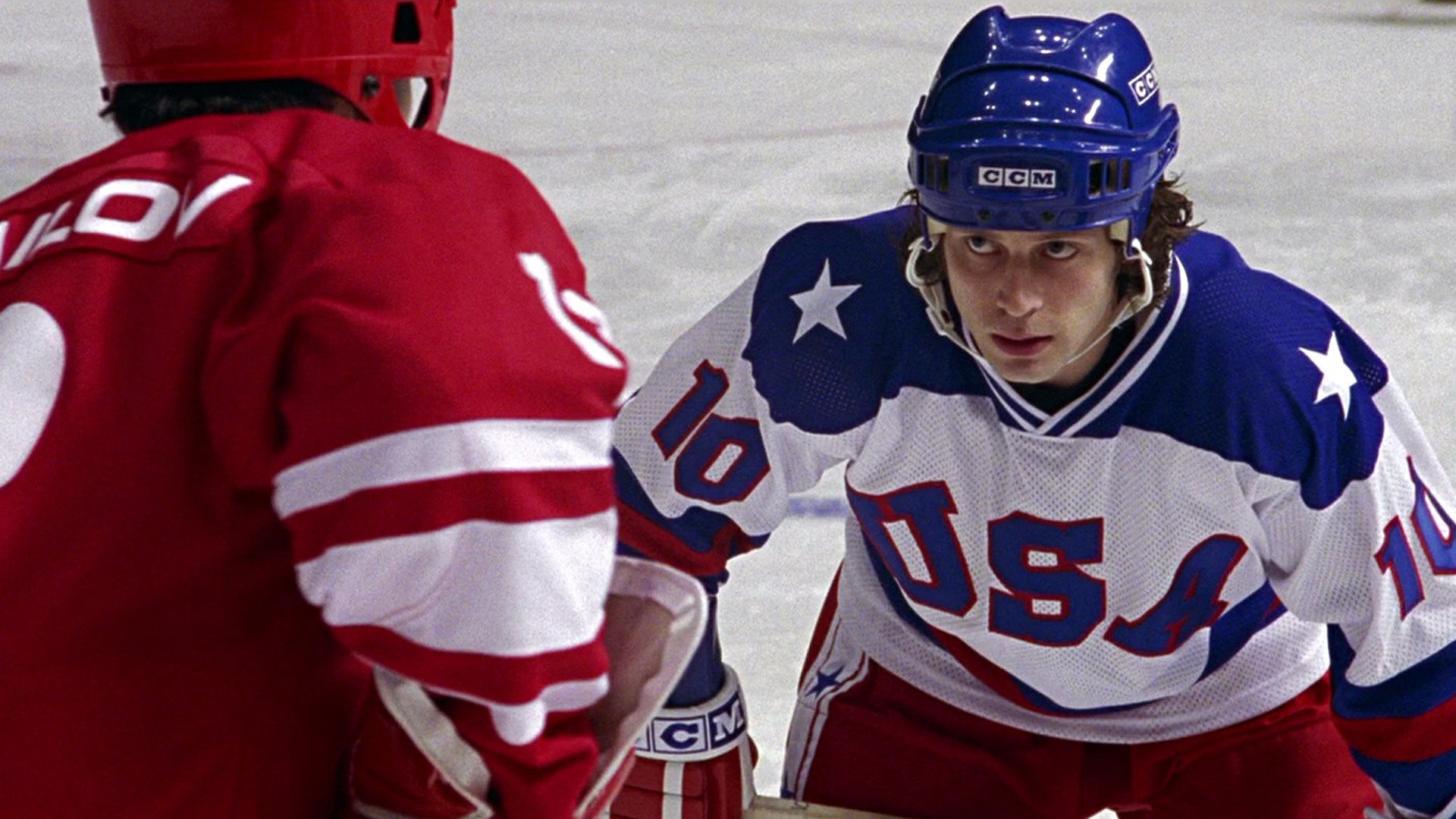Ice hockey is a whole world on the ice where speed, strategy and adrenaline come together. Whether you dream of becoming a player or you just want to understand how things work on the ice, it’s important to know the rules of ice hockey. This guide will help you understand every detail and feel like a true expert.
Ice hockey: the ice, the players and the puck
Ice hockey is one of the most dynamic and spectacular games in the world, where every element has its own significance. The ice is, of course, more than just a sliding surface – it is an arena in which incredible events take place. The puck is not a piece of rubber, but the most important element that all the athletes compete for. Each of the players fulfils their important function, and the coordinated work of all team members creates a true sinigerie.

How to play ice hockey: rules of the game on the ice
In ice hockey, there are several key roles, and each athlete on the field has his own task. The goalkeeper protects the goal with special equipment – a large trap and a shield to ward off attacks. The defencemen work in their half and don’t let the opponent get near the goal, and the forwards try to throw the puck into the opponent’s goal.
The game starts with the puck being thrown in and the teams of six players (including the goalkeeper) try to take possession of it. There is always a chaotic battle on the pitch, but behind this chaos is a clear strategy in which each player knows his place and his tasks. The basic rules of ice hockey require players to adhere to strict movement standards to avoid penalties and offside.
What is offside in ice hockey and why should you pay attention to it?
Offside occurs when a player of the attacking team crosses the blue line of the attacking zone before the puck enters the zone. The blue line, which is 21.33 metres from the goal, serves as an important boundary separating the offensive zone from the defensive zone. This rule was invented to prevent unfair advantages and keep the game dynamic.
The situation: A forward enters the zone in front of the puck and waits for a pass – such an action unbalances the game and makes defence extremely difficult. The referees always keep an eye on this line and their main task is to record the moment it is crossed. In the event of an offside position, play is stopped and a throw-in is awarded in the centre zone, which makes the game fairer and helps to restore balance.
Scoring in hockey: subtleties and rules
Points are not only awarded for pucks that go into the goal. Yes, every puck thrown into the opponent’s goal earns the team a point, but it is also important to remember that there are also assists – help in scoring a goal. An assist is an accurate pass that enables a team-mate to hit the puck. These actions are also of great importance and are recorded in the statistics.
The game is played in three periods of 20 minutes each, with breaks in between to prepare the ice. If the game is still tied at the end, it goes into overtime, which lasts 5 minutes (in regular games) or 20 minutes (in playoffs). If no winner can be determined in extra time, a penalty shoot-out is held, in which each athlete takes it in turns to take on the goalkeeper to shoot the puck. This makes the game even more interesting and exciting, as every attempt can decide the outcome of the game.
Penalties in ice hockey: from minor to major penalties
 Penalties are an integral part of the game, which makes it even more dynamic. There are several types of penalties: minor, major and disciplinary. A minor penalty means two minutes in the penalty box: the team remains in the minority. A major penalty is imposed for serious offences such as a brawl and lasts five minutes. A disciplinary penalty can mean a ban of ten minutes or even the rest of the game. Each penalty changes the dynamics of the game and forces teams to reorient themselves and find new ways of defending and attacking.
Penalties are an integral part of the game, which makes it even more dynamic. There are several types of penalties: minor, major and disciplinary. A minor penalty means two minutes in the penalty box: the team remains in the minority. A major penalty is imposed for serious offences such as a brawl and lasts five minutes. A disciplinary penalty can mean a ban of ten minutes or even the rest of the game. Each penalty changes the dynamics of the game and forces teams to reorient themselves and find new ways of defending and attacking.
How players avoid penalties and what strategies they use
Professionals know exactly how to avoid penalties and minimise the risk of penalties. One of the keys to this is the correct use of the body. Athletes learn how to control their actions to avoid playing too aggressively. It is also important to maintain balance and pay attention to the position of the stick to avoid hitting the opponent too hard. Teams develop strategies to minimise the risk of infringements, for example by avoiding collisions at high speeds, unless this is crucial for the defence.
Tactics:
- Controlling the stick position: players take care to keep the stick away from the opponent’s feet and out of the way of other players. This prevents offences such as hitting the racket or hooking the racket.
- Maintaining proper posture: Hockey players are trained to keep their bodies straight and not lean too far forward to avoid pushing an opponent out of bounds. This helps to avoid penalties for blocking.
- Avoiding strikes from behind: Athletes strictly avoid pushing from behind, especially on the boards, as this can lead to serious injury and penalties. They prefer to apply pressure from the side.
- Timely changes: Frequent player changes on the ice help to keep energy levels high and avoid fatigue-related offences such as holding up an opponent with the hands or blocking.
- Communicate with teammates: Good communication with teammates allows you to anticipate your opponent’s actions and avoid situations where you may break the rules.
- Minimising aggressive movements: Hockey players try to avoid overly aggressive actions, such as elbows, and use a ‘clean’ puck selection technique.
- Speed control: Avoiding excessive speed in dangerous situations helps to minimise the risk of collisions.
These strategies help athletes maintain discipline on the ice and give the team an advantage without incurring unnecessary penalties.
Ice Hockey Rules: Conclusion
 The rules of ice hockey not only make the game fair and truly exciting. Knowing the set standards helps fans to better understand the intricacies and players to improve their skills and avoid mistakes. Try attending a game once to see how interesting and exciting the game is when you know it inside out.
The rules of ice hockey not only make the game fair and truly exciting. Knowing the set standards helps fans to better understand the intricacies and players to improve their skills and avoid mistakes. Try attending a game once to see how interesting and exciting the game is when you know it inside out.

 en
en  ru
ru  de
de  ar
ar  es
es  hi
hi  fr
fr  nl
nl  it
it  pt
pt  el
el 



